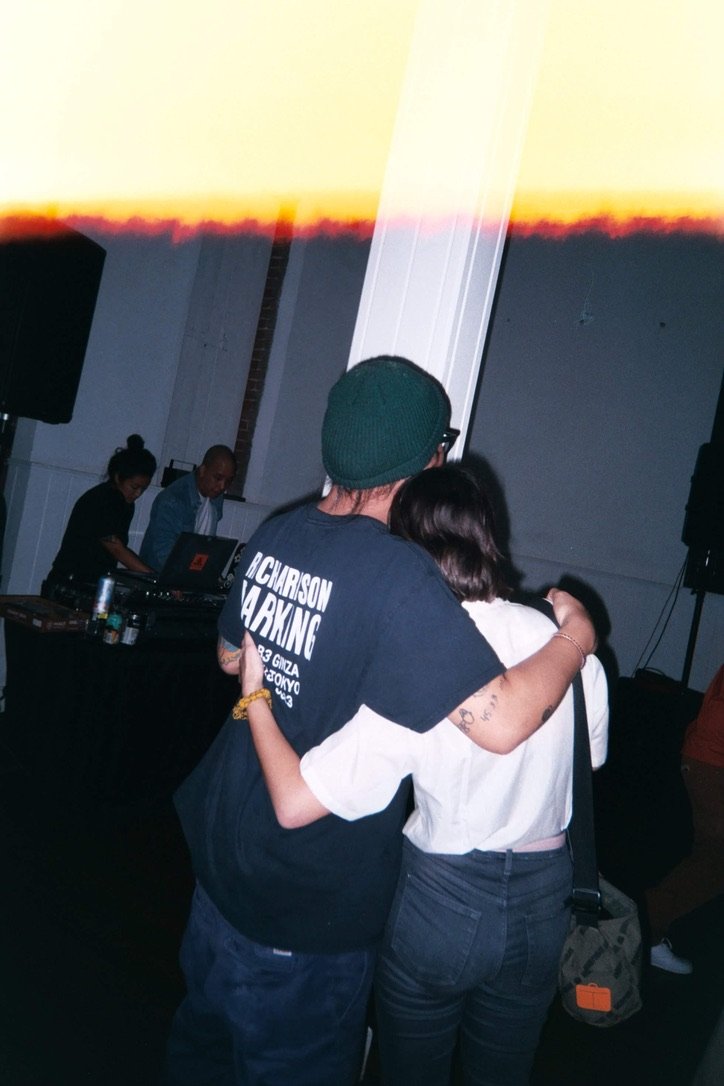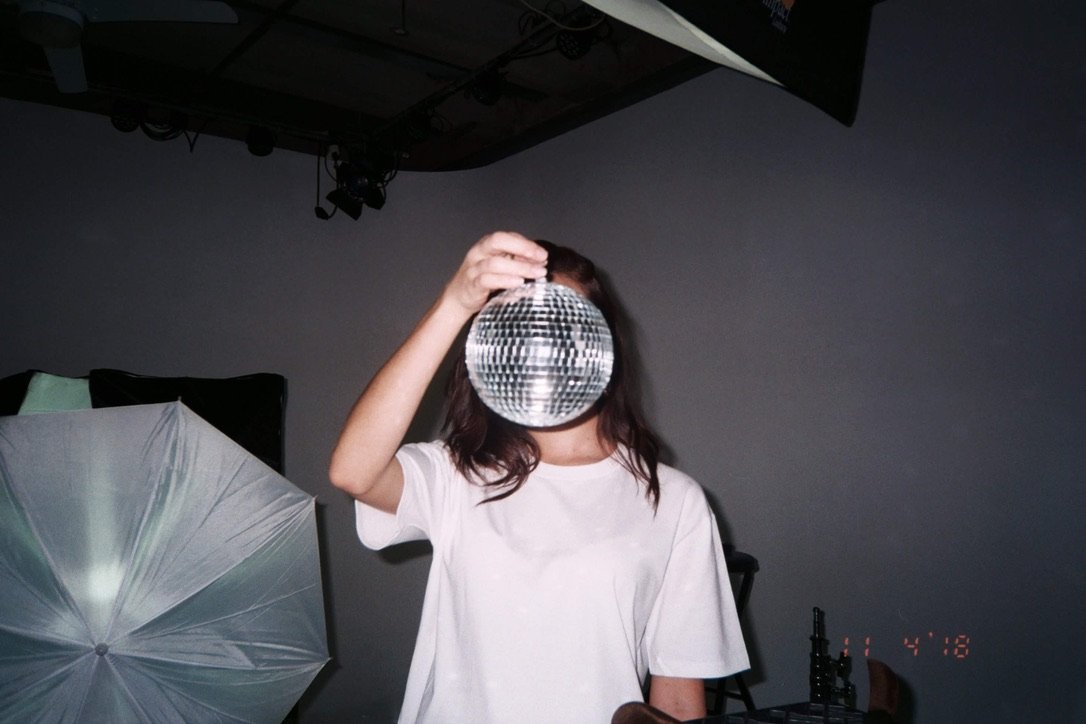The Idiot’s Guide To Buying A Film Point And Shoot
Choosing your first camera is like choosing your first car: it will be crappy, decades older than the ones your friends own, and you want it for as cheap as possible without having it break down on you.
It is an important and delicate step. A lot of folks who intend only to dip their toes end up diving in headfirst, splurging on an automated SLR like the Canon AE-1 Program because Google says it’s the easiest and it looks impressive to strangers. And sure, it does look cool, and depending on what sort of glass it comes with, it takes a good photo, too.
The reason Google says it’s good for beginners is because it has a ‘Program’ setting, which basically means that when it comes down to it, all you have to do is point it, focus it, and press the button—the camera does the rest. The settings don’t necessarily come into play in the same way that they would with a fully manual SLR. So while those buttons and numbers may look cool, you’re paying a few extra hundred dollars to not learn what they mean.
With that in mind, you may as well ease into the film world with a nice, cheap, compact point and shoot. They’re built to last, quick, and usually very hard to fuck up. The compact point and shoot is a staple of any film photographer’s arsenal and has a special place in our hearts. From warehouse parties to Christmas mornings, these cameras captured us at our most vulnerable, cherished moments. Still, the market is flooded with options which can be overwhelming, to say the least. We thought we might partner with our friends over at Treehouse, one of our favorite analog hubs located in the heart of Honolulu, Hawaii, to assemble a list of solid, cheap, easy, not-completely-shit point and shoots to get you started on your quest for art cred and Instagram likes.
[This article has been updated from a previous iteration and presents five common, reliable, and affordable options as of 2024]
1. Olympus Stylus Mju:i
I, the author, have had three of these in my tenure as a party shooter, and for good reason. This is probably the most expensive option on the list, but also arguably the best. Fast, accurate autofocus, compact—its 35/3.5 lens spec means it’s got a wide frame, and since it can open the lens all the way to a 3.5 aperture, the shutter speed can be faster, which means crispier photos. It’s reliable, lightweight, easy to store, and difficult to break. The clamshell lens design acts as the power trigger, snapping on when needed and off when the moment’s passed.
photo shot with a stylus mju:i.
The lens design also allows this camera to be designated as weatherproof; which is to say that it can’t survive being submerged in water but can handle a little wind and rain. Or, if you’re me, beer spray and crowd sweat. I have put these cameras through a lot of trauma, and it takes a lot to break them (dropped one off a balcony, another was stomped to death at an indie disco). Three in 10 years ain’t bad. 9/10.
2. Olympus Stylus Zoom
Any zoom you get isn’t going to be quite as sharp or fast as a ‘fixed’ lens camera. That being said, this is one of Treehouse’s most frequently sold point and shoots, as it is affordable, durable, and fairly fast for a zoom. The design mimics that of its ‘pro’ version, the Mju:i, which means that it is also triggered by a clamshell snap, allowing many iterations of this camera to also be designated as weatherproof.
photo shot with a stylus zoom.
All in, this camera is not that bad. The image quality is high, it’s sharper than your average zoom, and is about as compact and light as the Mju. This camera does have two major faults: first, the retractable parts. When on, the lens and the flash extend from the body an uncomfortable distance and are a tad flimsy. Treehouse has seen more than one of these cameras have their flash broken off because someone got bumped or dropped it while shooting. The other great weakness of this camera (and the Mju:i, for that matter), the real death of these clamshell Olympus cameras, is sand. Fucking sand. It is incredible how easily a few grains inside the track where the shell slides open will fucking destroy the ability of this camera to function. Bring it to the beach, sure, live your life. But please, put this camera in a sock and tie up the end to keep it safe and grain-free when you’re not using it. Don’t be a dummy. Wrap it up. 6/10
3. Canon SureShot
This guy is heavy. The SureShot Zoom is built mostly out of plastic parts, but somehow has the weight and feel of a prime, all-metal camera. In some ways, this is a bit of a downer, as it may make your pants fall down. However, it is also a positive. You could build a house out of these cameras if you had enough of them. The SureShot Zoom is a camera built to last, to be dropped, to be thrown, even.
photo of Mainey max shot with a canon sureshot.
There’s a lot to be said about the image quality, but being a plastic zoom, it’s not so unlike the Olympus Stylus Zoom; it is sharp on stationary objects, but lacks the aperture needed to be sharp in lowlight or on moving subjects. This camera does have a leg up on the Stylus Zoom in that its lens is the only retractable part on it. Retractable parts, as you’ll recall, are more likely to break, so this camera’s greatest strength really lies in the fact that it simply can’t be killed and will probably outlive your photographic career. 7/10
4. Nikon LiteTouch AF 28/3.5
This camera is dumb light. It is about as compact as the Stylus Mju:i, if perhaps a bit slimmer and more comfortable in one’s pocket. This camera is also a fixed lens, which makes it considerably faster than its Autofocus Zoom counterpart, as well as, again, other zoom options on this list.
photo shot with a Nikon litetouch af.
The body is built entirely of plastic microparts, which keeps its weight down and makes it more of a consumer-ready camera, but this also makes the build more susceptible to damage from impact, and sporadic electrical failings due to repeated use and natural deterioration. The image quality, though, is pretty damn good. The width of the lens (28mm) makes this the widest camera on this list, and a great compact for snapping your friends at parties and selfies with the guy vomiting in the bathroom. 8/10
5. Fuji DL1000 Zoom 35-80
This camera looks like garbage, but we promise it isn’t garbage. The Fuji DL1000 (also in iterations as the ‘Discovery’) is something of a well-kept secret. It is incredibly cheap and unhyped, due in large part to its extremely bulky design, which makes it inconvenient to use. However, there is something about this plastic lens vignetting that really just does it for us.
photo shot with a Fuji dl1000
I’d like to speculate that Fujifilm thought ahead enough to specifically design a consumer lens built to disperse light in such a way that compliments their line of consumer 35mm film, but who’s to say? Either way, this camera is probably the cheapest, safest option on this list for immediate results, ease of use, and durability. 8/10
PS: Tips from the Treehouse fam on making sure that the product you’re buying isn’t broken
-Buy from a dealer like Treehouse or Brooklyn Film Camera. Dealers know how to check whether or not cameras are operational enough to be resold and usually have a return policy/accountability on products discovered to be faulty.
-If buying off Craigslist, check the battery compartment. If there is blue residue and it doesn’t turn on with a battery (try to always bring a battery), maybe skip it. Sometimes the corrosion can be cleaned with vinegar and a Q-Tip, but it’s a red flag for sure.
-If buying online, ask the seller questions about the functionality of the camera. Is it tested? Can you see test shots? Does the shutter open? Does the aperture move? If they say the camera is tested but don’t know what a shutter or aperture are, the camera hasn’t been tested.











